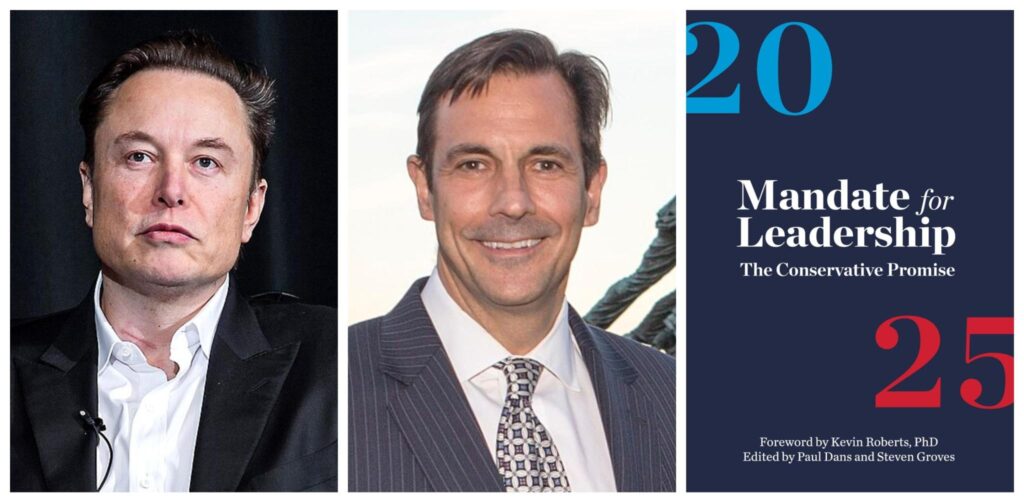This is a guest post by Mike Casey, president of TigerComm, cross-posted from ScalingGreen.com.
Cancun – When I started working on solar energy issues several years ago, I heard it repeatedly: “Everyone loves solar.” Back then, many people in solar and other cleantech sectors saw long-term meritocracy in the energy business. Public demand, technological advances and aninevitable price on carbon were going to drive cleantech to dominance over time. “Renewable energy,” it was often said, “will soon become just plain ‘energy’.”
From the gridlocked global warming treaty negotiations here in Cancun, however, the picture seems starkly different. The Congressional climate bill fight ended in disaster, the recession tightened credit markets, and the coal and oil industries bought themselves a new Congress last month. And that global carbon market many were counting on? The most optimistic note Thursday night from a top U.S. treaty negotiator, Jonathan Pershing, was “maybe next year.”
Still, cleantech possesses a great combination of assets that many industries spend considerable time and money trying to generate. These include:
Policy momentum: California’s anti-cleantech Proposition 23 lost by a huge margin last month; and the offshore wind industry has been greenlighted by the Obama Administration.
Business success: Solar is now the fastest growing energy sector, creating jobs in all 50 states.
Wide and deep public support: Over 90% of Americans support solar energy, while 87% believe we should build more wind farms, and all over the country, people from different walks of life actually volunteer their time to move the nation from fossil fuels to clean energy.
However, that asset combination has also moved solar, wind, battery storage, and energy efficiency technologies from being cute niceties to potentially serious market disruptors for traditional, dirty energy players.
The dirty energy guys know that, and they are acting accordingly. Cleantech investors, executives and leaders have a lot at stake, and they should pay attention to dirty energy’s increasingly aggressive attacks:
- A series of anti-cleantech editorials on the Wall Street Journal editorial page.
- Sniping from fossil-funded front groups and “experts” for hire.
- Seemingly random hit pieces on individual renewable energy projects.
- ExxonMobil’s New York Times front page ad falsely equating fossil fuel subsidies with those of wind and solar.
- An emerging class of “green ingrates,” pro-dirty energy pundits posing as cleantech players.
- Chevron’s pioneering of what I’ve begun calling, “Cleantech washing” – pretending to promote clean energy while actually undercutting it.
Virtually all of these attacks push three, interlocking memes about cleantech: 1) It’s “not ready;” 2) It’s “too expensive;” and 3) It’s “unreliable.” And the message discipline and sheer number of these attacks make it very likely they are being underwritten and coordinated by people with a vested interest in making them happen.
But if you invest or work in cleantech, should you really care? After all, customers and project financers make rational decisions, immune from a technology’s market position… don’t they?
Not according to a panel of cleantech communicators we convened during the recent Solar Power International (SPI) trade show. There, RenewableEnergyWorld.com founder and publisher Oliver Strube Jeff Levine of Gotham Research Group;Kimberly Kupiecki of Edelman; and Greentech Media editor-in-chief Michael Kanellosjoined us to discuss two new polls and steps cleantech should take in the face of dirty energy attacks on cleantech.
These experts agreed:
- Cleantech is now in a full-contact game with dirty energy, which is playing accordingly.
- The attacks by dirty energy are serious, coordinated, and are beginning to get traction in public opinion research.
- And, the attacks matter. By generating, stimulating, or exacerbating customer concerns about readiness, cost and reliability, they are affecting the marketing and sales environment for large and small companies.
- More than probably any other industry, cleantech has a strong interest in collective brand defense.
- Individual cleantech businesses and investors can’t rely solely on their trade associations, much less on environmental groups or on simple public goodwill, for their advocacy. It’s in each cleantech player’s financial interest to help to mount a more concerted effort to push back against detractors.
Our panelists recommended at least three steps for cleantech to take.
1. Clean energy needs to capture peoples’ imaginations, not just their intellects
While clean energy has the facts on its side, it hasn’t been using its very strong connection with Americans who might invest in it, purchase it, or support it just on the grounds of national economic interests. Instead, there’s far too much engineer-speak, facts, figures, watts, and jargon dominating cleantech communications. That’s a mistake, according to Renewable Energy World’s Oliver Strube, who said, “As an industry it really is important to us to change that language.”
Emory University psychologist Dr. Drew Westen conducted groundbreaking research in 2004, finding that people make decisions first and foremost at the emotional level, and only then do they begin rational consideration. In fact, Westen found, humans are incapable of doing otherwise. The cleantech community should assume there’s a reason why deep-pocketed Chevron and the coal front group, America’s Power Army, have spent huge sums on advertising and marketing materials with a certain feel to them.
2. Individual companies should advocate for the cleantech industry – it’s in their individual interests
Cleantech companies have strong individual interests in collective brand defense.Michael Kanellos of Greentech Media made the point best: “…the onslaught of information that’s coming to people has allowed them to solidify an opinion.” And that opinion forms the landscape on which cleantech is trying to sell products, draw investors and scale.
If cleantech companies don’t help with their own advocacy, who will? No cleantech sector is old enough to have a trade association or echo chamber it can rely on to do all its public communicating. Their trade associations need individual companies to tell their customers’ success stories and celebrate milestones in a much more public and constant way.
A great recent example of a cleantech executive doing his company a service through collective brand defense was SPG Solar CEO Tom Rooney’s piece making the case why political conservatives should support clean energy. Mr. Rooney is busy running a company, but he took time to do a thoughtful, spot-on piece that generated a lot of traffic, comments and conversation. It also raised SPG Solar’s visibility and thought leadership, at very low cost.
We need more of that type of effort across the board. A lot more, in fact. At our panel, Edelman’s Kimberly Kupecki said, “One of the biggest challenges is helping solar companies talk about the context – why they matter and how they’re affecting their industry in the broader picture. It’s another way we can simply and cheaply be our own advocates.”
3. Welcome a conversation about cost
Cleantech voices need to frame the cost argument properly by relentlessly pointing out that fossil fuels’ supposed cheapness is underwritten by massive taxpayers subsidies.
The dirty energy lobby has proven highly sensitive to this counter-argument. On October 12, 2010, Solar Energy Industry Association CEO and President Rhone Resch called for cutting the “grotesque” subsidies to fossil industries. “Every year, the toxic fossil industries receive $550 billion in subsidies worldwide,” he said.
Just two weeks later, ExxonMobil ran a remarkably defensive ad in the form of an obfuscating quiz on subsidies (see below) at the bottom of the front page of the New York Times.
This ad was followed with a laughable blog post from Vice President Ken Coheninsisting that “open-ended subsidies for existing energy technologies simply shift the costs to taxpayers without making the technologies more competitive or sustainable.” Mr. Cohen’s multi-billion profit company is uncomfortably familiar with open-ended subsidies and their impact on consumers. So, he should know that if you’re given $550 billion a year to be “inexpensive,” you shouldn’t run your mouth about the cost of clean energy technologies.
Our panelists were in full agreement that it’s time for the solar industry to wade into the cost conversation. If we aggressively frame that conversation accurately, we’ll win.
Bottom line: Cleantech managers and investors are busy trying to build successful companies, but their growing successes have drawn the opposition of status quo players who don’t want them to succeed. That’s why the dirty energy industries are now spending significant resources to harden the marketing and sales environment against cleantech’s success. All the facts, figures and solid product offerings in the world won’t overcome that problem if this emerging threat isn’t faced.
Dirty energy is playing full contact. Are we ready to do the same?
Subscribe to our newsletter
Stay up to date with DeSmog news and alerts






